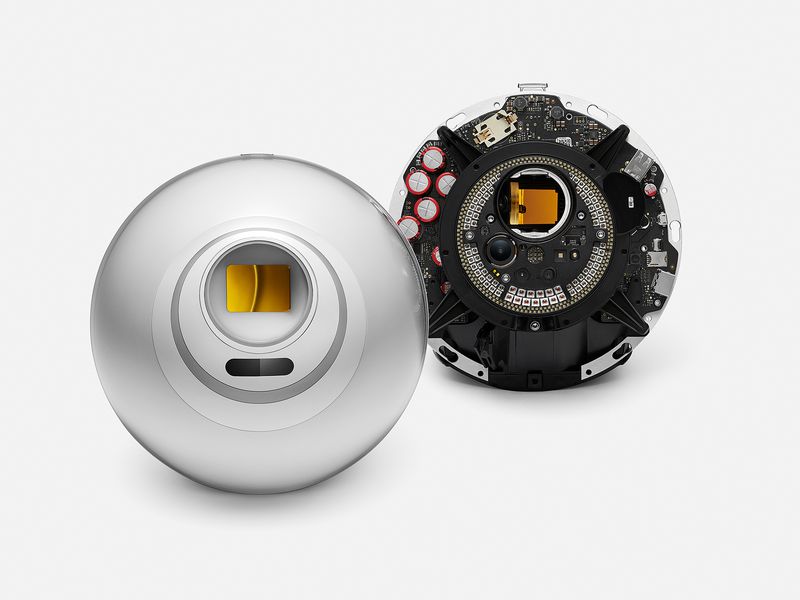SuperRare’s Latest NYC Gallery Pop-Up Will Bring Human Connection Back to NFT Art
Curated NFT marketplace SuperRare is taking over the 0x.17 gallery in New York for a two-month exhibition, punctuating the importance of bringing non-fungible token (NFT) artwork into immersive, physical spaces.
The pop-up at 0x.17, a community-focused NFT gallery in the historic South Street Seaport neighborhood, will feature a curated program of works from over 20 SuperRare artists. The gallery will open on June 1 with a solo show from AI artist Claire Silver titled “Artifacts.”
“The exhibition showcases seven artworks based on different philosophies and questions about our future with AI taking the form of seven different mediums: video, generative, still, poetry, music, 3D and an avatar with an AI voice,” SuperRare said in a press release.
Silver told CoinDesk that AI art is carving out its own space in the evolving world of NFT art.
“There are entire movements happening in this space and within crypto art,” she explained. “They’ve got their own formative artists and they live in the digital world. And we’re only going to spend more time in the digital worlds, in our lives and in the next generations to come, and AI will accelerate that.”
Restoring human connection
SuperRare debuted its first pop-up gallery in May 2022 in New York’s SoHo neighborhood. Founder John Crain told CoinDesk that bringing NFT art into shared physical spaces helps to “humanize” the experience.
“As exciting as digital art is – and NFTs have facilitated this kind of this revolution and resurgence in art – art is really about human connection and storytelling at the end of the day,” he said. “You just can’t replicate that yet in a digital environment.”
The upcoming exhibition will be an evolution of last year’s more traditional, minimalist gallery event, and will be designed to encourage conversation and interaction between attendees.
“This time we thought more about ‘where are we going to facilitate conversation?’ and ‘what are people going to be doing?’ and just making it a bit more of a comfortable place to hang out,” he said. “A gallery or museum can feel a bit academic and sterile, and that’s not necessarily where you’re having a deep conversation.”
Crain stressed the importance of bringing digital art out from the confines of a computer and into physical spaces, where people from across the traditional and crypto spaces can come together.
“We’re still educating people as to why this is interesting and a legitimate medium for art,” he said. “These are humans in real life, and the context for art is super important.”
Since Silver began working with AI, she has often combined physical art with digital mediums. Some of her earlier work involved creating acrylic abstract paintings and collecting the “skins,” or dried paint not on a canvas, and collaging it onto AI portraits. A piece titled “a feeling i can’t put my finger on,” minted upon request for pseudonymous art collector Cozomo de’ Medici, was created in this way and was recently donated to the Los Angeles County Museum of Art (LACMA).
“Art is an emotional experience, but it’s also a sensory one, right? And so a lot of people struggle with the concept of digital art without a physical counterpart,” she said.
Silver’s work, along with the work of many other NFT artists, has been brought to life through museum exhibitions, gallery showings and live multimedia experiences. And as NFT art continues to make its way into more traditional spaces, Silver hopes that dismissive attitudes toward crypto art will continue to shift.
“I hope that the traditional collectors in the traditional art world who maybe don’t see the value proposition in digital art and NFTs – I hope that they think of them as artifacts, or like cave paintings of a digital age that we’re going to come into,” she said. “And they can think of themselves as collectors of history as well as art history.”
Edited by Toby Leah Bochan.









